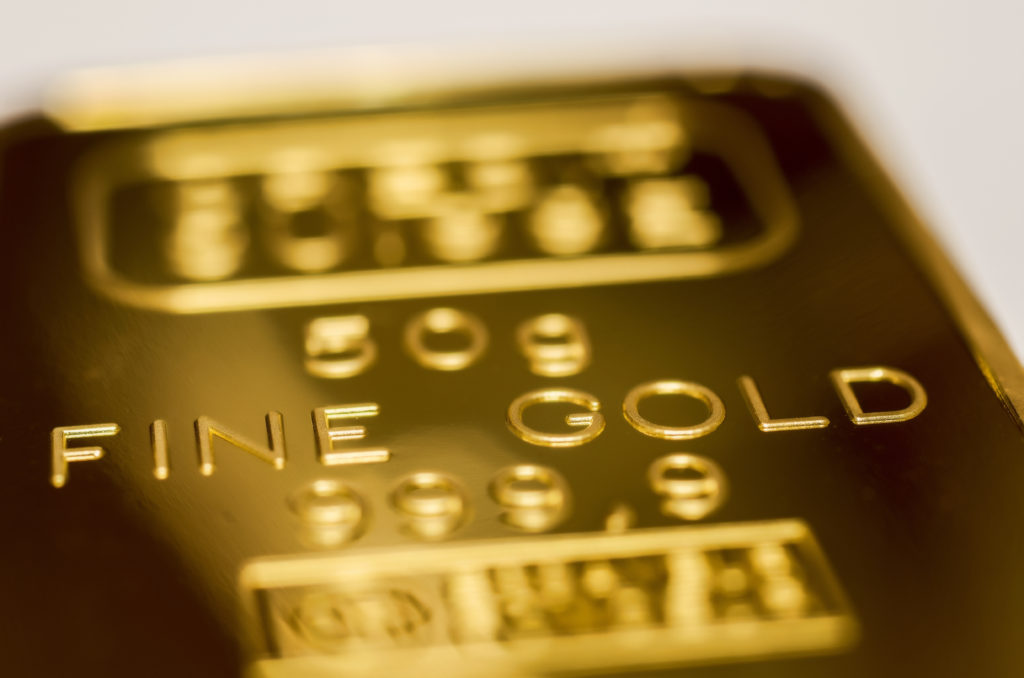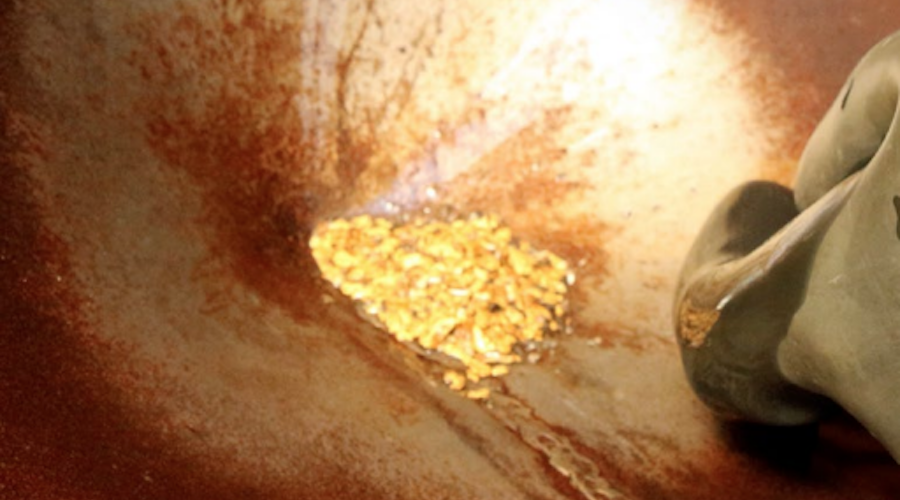China’s central bank to return to gold buying as prices ease, analysts say

China, the biggest official sector buyer of gold, is expected to resume its bullion shopping spree once prices ease from the record highs hit in May, as the fundamental case for the metal remains, industry players said at a conference this week.
After adding to its gold reserves for 18 consecutive months, official data from the People’s Bank of China (PBOC) showed its holdings were unchanged in May, sending global spot prices down sharply on Friday.
“China’s data did show a pause,” David Tait, CEO of the World Gold Council (WGC), told Reuters on the sidelines of the Asia Pacific Precious Metals Conference in Singapore.
“(But) they are just waiting and watching. If prices correct to the $2,200 per ounce level, they will resume again.”
Benchmark spot gold traded around $2,300 per ounce on Monday after its biggest daily drop in 3-1/2 years in the wake of China’s data on holdings.
The market hit a record $2,449.89 per ounce on May 20, driven by interest rate cut expectations and firm central bank buying, fuelled by geopolitical tensions.
The PBOC controls the amount of gold entering China via quotas to commercial banks.
It was the largest official sector buyer of gold in 2023, with net purchases of 7.23 million ounces, or 224.9 metric tons, according to the WGC, the most for any year since at least 1977.
China’s central bank added 60,000 troy ounces of gold to its reserves in April.
A survey conducted by the Official Monetary and Financial Institutions Forum showed that central banks planned to continue to increase their exposure to gold in the next 12-24 months.
“Central banks are buying gold and China is the main buyer. Sentiment on gold is bullish because of geopolitical tensions and elections. China is expected to buy more,” KL Yap, chairman of the Singapore Bullion Market Association, said.
Gold has historically been reputed as a hedge against geopolitical and economic risks, and has been a preferred investment choice in China amid persistent economic worries and weaker yuan.
“The fact that China’s gold buying was minimal in April, and in May it was zero, does not imply by any stretch of the imagination that they are not going to start reporting again,” StoneX analyst Rhona O’Connell said.
In April, the Shanghai Gold Exchange raised margin requirements for some gold futures contracts to 9% from 8% after prices climbed to historical highs.
(By Brijesh Patel and Ashitha Shivaprasad; Editing by Arpan Varghese and Jan Harvey)
{{ commodity.name }}
{{ post.title }}
{{ post.date }}

Comments